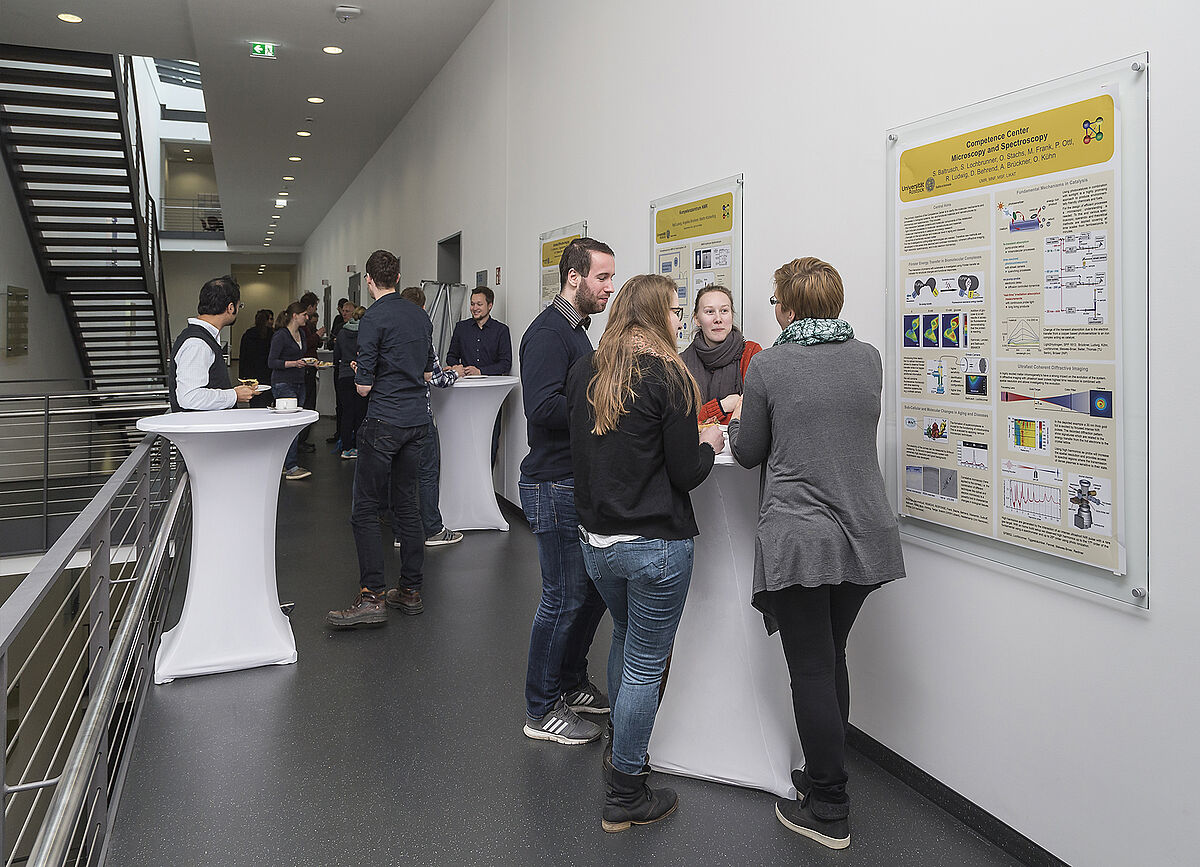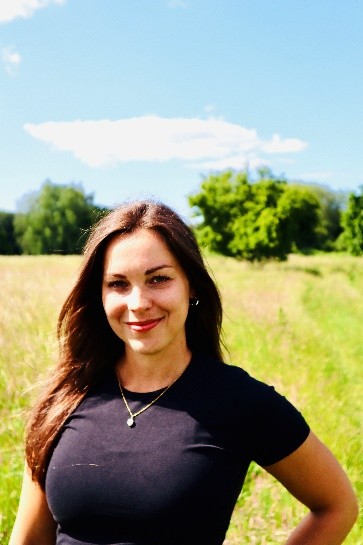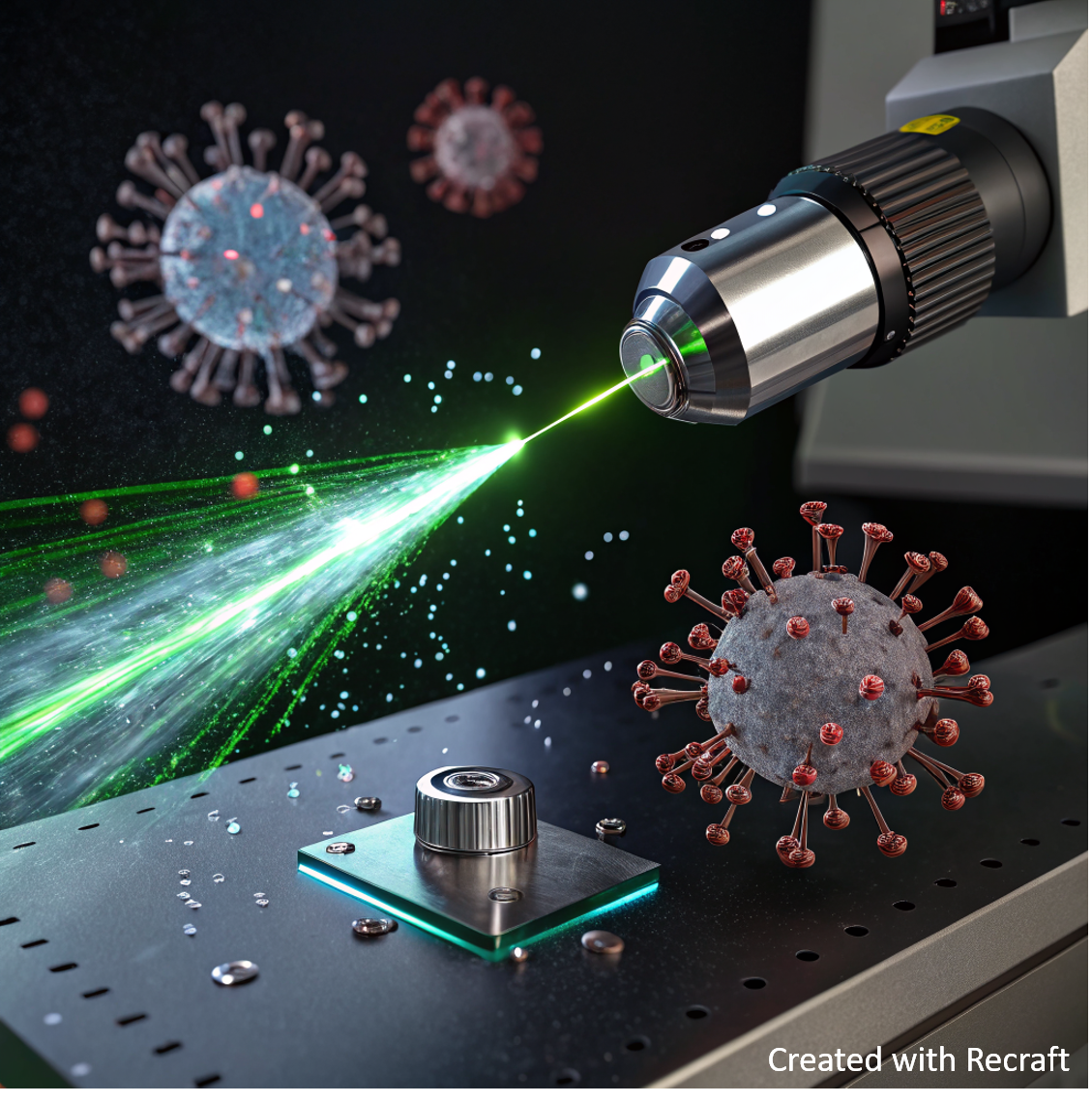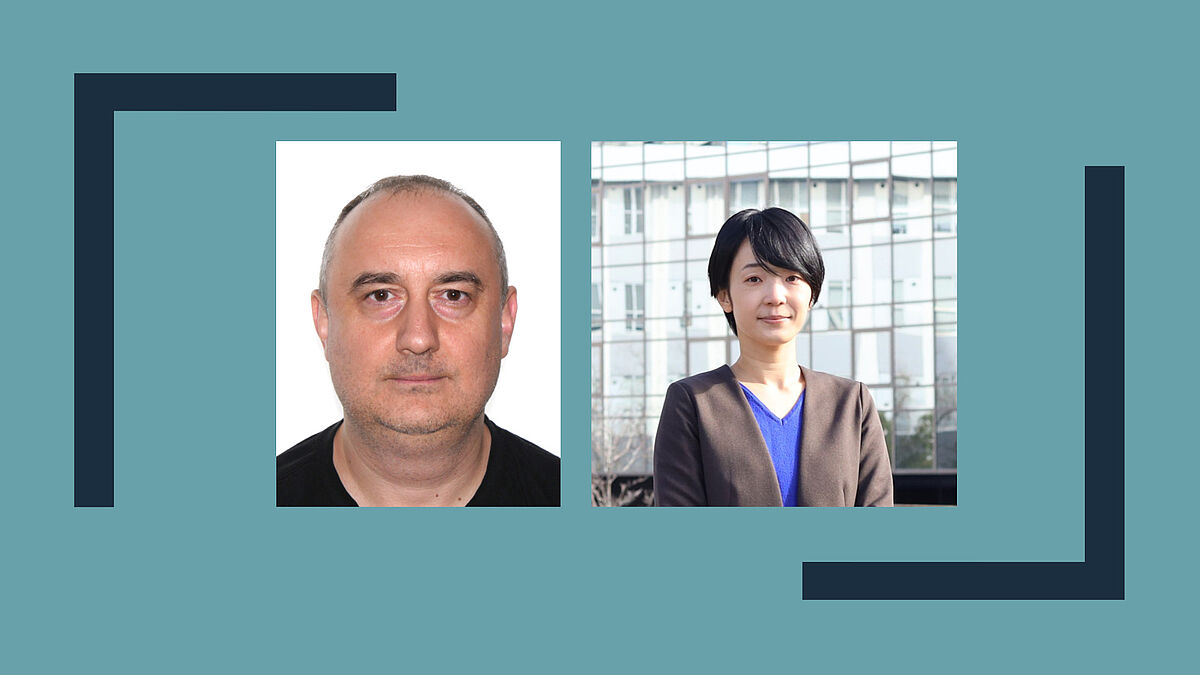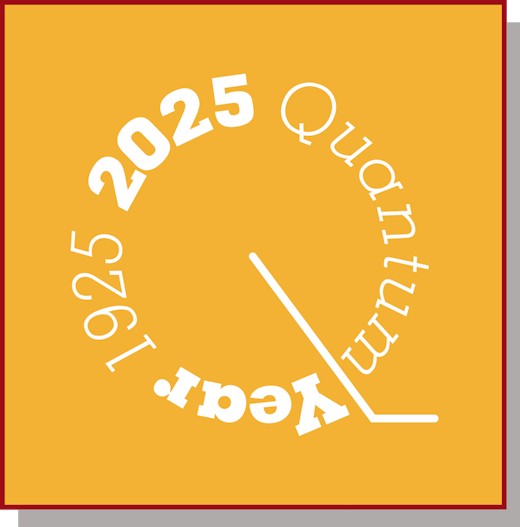Graduate network of the Department LL&M
7.4.2025 - 9 am - 3 pm
The department's graduate network promotes the networking of young scientists in the natural sciences subject area of the LL&M department. Here you have the opportunity to exchange ideas directly with each other.
On 7 April, we will again have the opportunity to exchange ideas directly. From 9 a.m. you can take part in the workshop in SR 110 and follow the exciting presentations by our young scientists. If you have any questions or suggestions, please contact the head of the LL&M department.
We look forward to seeing you.
Workshop schedule in pdf format will follow soon
Warm Invitation to the General Assembly on April 7, 2025!
Place: LLM research building Time: from 4 p.m.
The General Assembly will take place on April 7, 2025, from 4:00 PM to 5:00 PM. The agenda includes the Director's report, a discussion on current topics, and the election of the Board of Directors. All members are warmly invited to actively participate in the assembly and contribute to important decisions. We look forward to your attendance!





